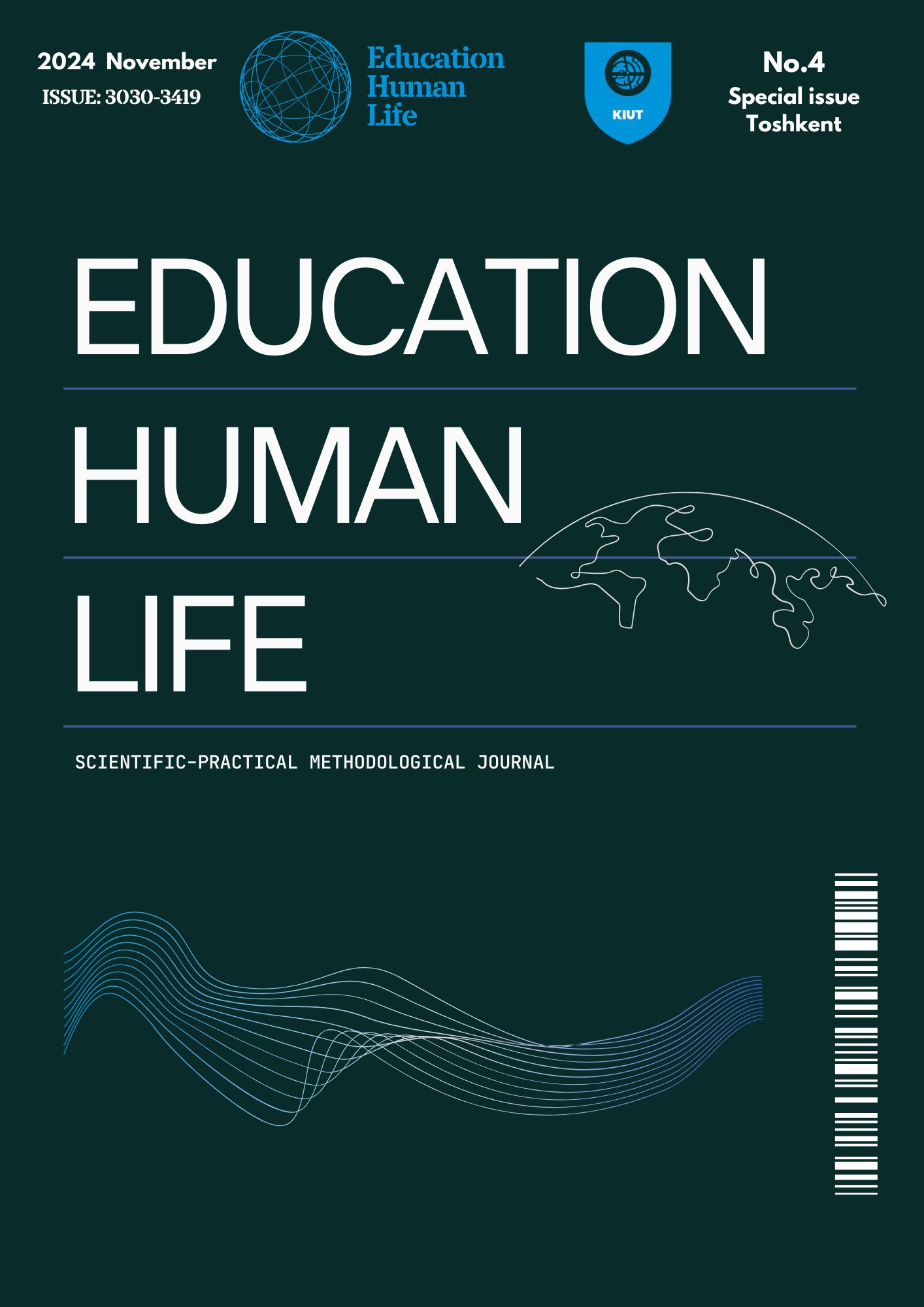ПСИХОСЕМАНТИЧЕСКИЙ АНАЛИЗ ВОСПРИЯТИЯ МОТИВОВ ЛЖИВОГО ПОВЕДЕНИЯ В КИНЕМАТОГРАФЕ И АНАЛИЗ ВЛИЯ-НИЯ ФАКТОРА СТАТУС В СЕМЬЕ НА ВОСПРИЯТИЕ СЮЖЕТОВ ФИЛЬМА ПО СЕМАНТИЧЕСКИМ КАТЕГОРИЯМ
Keywords:
cinematography, motive of lies, psychological perception, Uzbek culture, social norms, societal behavior.Abstract
The article presents a psychosemantic analysis of how motives for deceptive behavior are perceived in films, aiming to uncover hidden meanings associated with this type of behavior. The study is based on a survey of respondents from different age and social groups, with a particular focus on the impact of family status on the perception of film plots. The results indicate that family status does not significantly influence the perception of deceptive behavior motives, but age and social standing of respondents play an important role. This research provides deeper insights into how various viewer categories interpret the ethical aspects of cinematic narratives.Downloads
Published
2025-01-16
How to Cite
Kalanxodjayeva, S. (2025). ПСИХОСЕМАНТИЧЕСКИЙ АНАЛИЗ ВОСПРИЯТИЯ МОТИВОВ ЛЖИВОГО ПОВЕДЕНИЯ В КИНЕМАТОГРАФЕ И АНАЛИЗ ВЛИЯ-НИЯ ФАКТОРА СТАТУС В СЕМЬЕ НА ВОСПРИЯТИЕ СЮЖЕТОВ ФИЛЬМА ПО СЕМАНТИЧЕСКИМ КАТЕГОРИЯМ. Education. Human. Lifebility, 4(4). Retrieved from https://ehl.kiut.uz/index.php/fan/article/view/87
Issue
Section
Articles





